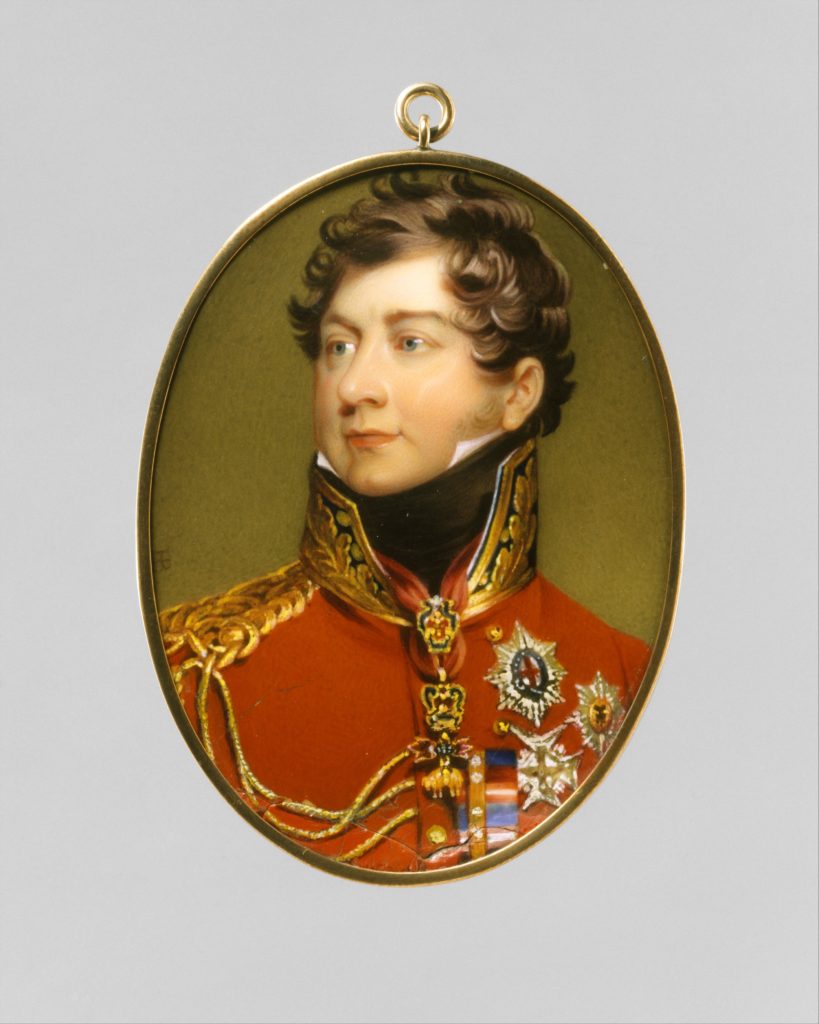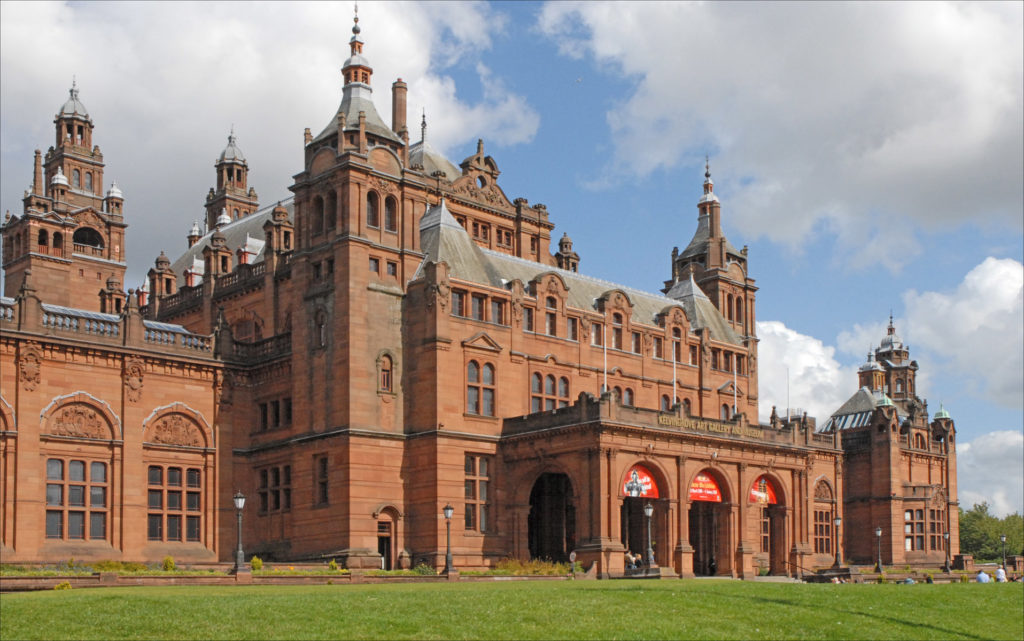(approx. 4 min read)
Trigger Warning Disclaimers:
This blog post concerns sexually explicit content which potentially includes historical non-consensual sexual activity. Please proceed with caution. Resources can be found in the Resources tab of this microsite for anyone who is affected by these issues.
Language used in these blogs refers to cis, heteronormative gender identities owing to the historical context of the Beggar’s Benison Club. Today, we are aware of and acknowledge a wider spectrum of gender identities.
From 1732 to 1836, Anstruther in the East Neuk of Fife was home to the Beggar’s Benison Club. The secret all-male club was devoted to the idea of male sexual liberation. Members created symbolic sexual imagery and may have practised sexual rituals. Members also had interests in subversive politics and illegal smuggling.
From medals and seal matrices to phallus shaped drinking glasses, the Collection of the Beggar’s Benison has survived the 185 years since its disbandment in 1836, yet it has spent much of that time hidden.
After 1836, the Collection was left in the hands of one of the last Club members, Matthew Foster Conolly. Since then, the objects have passed through multiple hands. The Collection held at the Wardlaw Museum is likely only a fraction of what existed during the Club’s height. Even before the Beggar’s Benison disbanded, some of the records of the Club and its objects had already been lost.
Throughout the life of the Collection, no one has really known what to do or make of it. Certainly, Conolly, who had control of the Collection for about forty years, appears to have been conflicted over whether to preserve or destroy it.
His uncertainty around what to do with this Collection is somewhat understandable. For instance, on one hand, the Collection contains objects connected to illustrious figures in society at the time. Indeed, the Collection includes a snuff box that is thought to have been gifted to the Club by the then Prince Regent, the later King George IV, whilst visiting Scotland. He is said to have been intrigued by the Club and was subsequently given an honorary membership. However, on the other hand these objects, due to the imagery displayed, form and function, after the Club’s decline leading to its eventual disbandment may have seemed less warrantable to preserve without its once captive audience.1 For instance, the snuff box is said to have once been filled with pubic hair belonging to the mistress of the then Prince Regent.

George IV (1762–1830) as Prince Regent, after Lawrence, Bequest of Collis P. Huntington, 1900, Open Access API, https://www.metmuseum.org/art/collection/search/435697
Indeed, the historian David Stevenson, who has written a book dedicated to the history of the Club, believes that Conolly’s eventual decision to preserve the Collection mostly probably came down to the fact that he was an avid local historian. However, it is clear this decision was not made without serious consideration, highlighted by the fact that he burnt many of the records, clearly intending to destroy them, but not before he partially copied many. He passed the Collection down to his son-in-law, a Reverend Gordon, on his death.
Reverend Gordon believed that, despite its nature, the Collection was significant enough to warrant preservation.2 This is evidenced by the fact that after Gordon, the Collection passed to Mcnaught Campbell, who worked at the Kelvingrove Museum in Glasgow. Once in his possession, he loaned them to the Kelvingrove Museum who reportedly displayed some, yet not the more obscene, of the items that formed part of the Collection.

The Kelvingrove Art Gallery and Museum (Glasgow), © Jean-Pierre Dalbéra, CC BY 2.0, https://www.flickr.com/photos/72746018@N00/3839582240
The Collection later passed on again to a new owner who tried to sell the Collection to the National Museum of Antiquities of Scotland, now the National Museum of Scotland. The Museum seems to have considered purchasing them but instead chose to pass on the sale. The Collection, it seems, was too obscene for the Museum, making it difficult to display.3
Eventually, after the death of its last owner, the Collection was donated to the University of St Andrews. For a long time, the Collection sat in the basement of the stores. A University Librarian left a note stating that the Collection “was not for female eyes.” In addition, the Collection was later covered with a sheet. The Collection has since been preserved in storage, deemed unfit for display.
Now the Wardlaw Museum will publicly display the Collection for the first time as part of the exhibition Sex as Subversion, Fantasy, Power: The Beggar’s Benison Club. The Exhibition will explore the hidden stories behind this controversial Club and its members. The Exhibition team, along with co-curators from our Advisory Panel, aims to highlight the issues and themes surrounding the Beggar’s Benison Club and its activities.
In this Exhibition, we particularly wish to examine how the unequal balances of power wielded by the Beggar’s Benison Club relates to continuing issues surrounding sexuality and gender in today’s society. Certainly, this Collection, when explored in a sensitive, collaborative way, can highlight and spread awareness of issues related to sexuality, sexual injustice and gender discrimination.
Written by Nicola Law, student in MLitt. Museum and Galleries Studies at the University of St Andrews
[1] Stevenson, Chapter Two
[2] Stevenson, Chapter Two
[3] Stevenson, Chapter Ten
- Stevenson, David, The Beggar’s Benison Club: Sex Clubs of Enlightened Scotland and their Rituals, 2001.